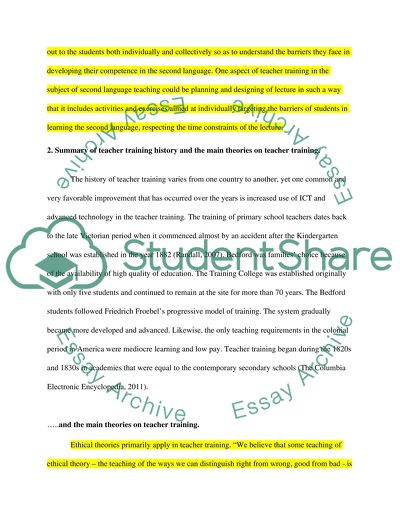Cite this document
(“Teacher Education in TESOL (Master's Level) Research Paper”, n.d.)
Teacher Education in TESOL (Master's Level) Research Paper. Retrieved from https://studentshare.org/english/1466401-teacher-education-in-tesol-master-s-level
Teacher Education in TESOL (Master's Level) Research Paper. Retrieved from https://studentshare.org/english/1466401-teacher-education-in-tesol-master-s-level
(Teacher Education in TESOL (Master'S Level) Research Paper)
Teacher Education in TESOL (Master'S Level) Research Paper. https://studentshare.org/english/1466401-teacher-education-in-tesol-master-s-level.
Teacher Education in TESOL (Master'S Level) Research Paper. https://studentshare.org/english/1466401-teacher-education-in-tesol-master-s-level.
“Teacher Education in TESOL (Master'S Level) Research Paper”, n.d. https://studentshare.org/english/1466401-teacher-education-in-tesol-master-s-level.


